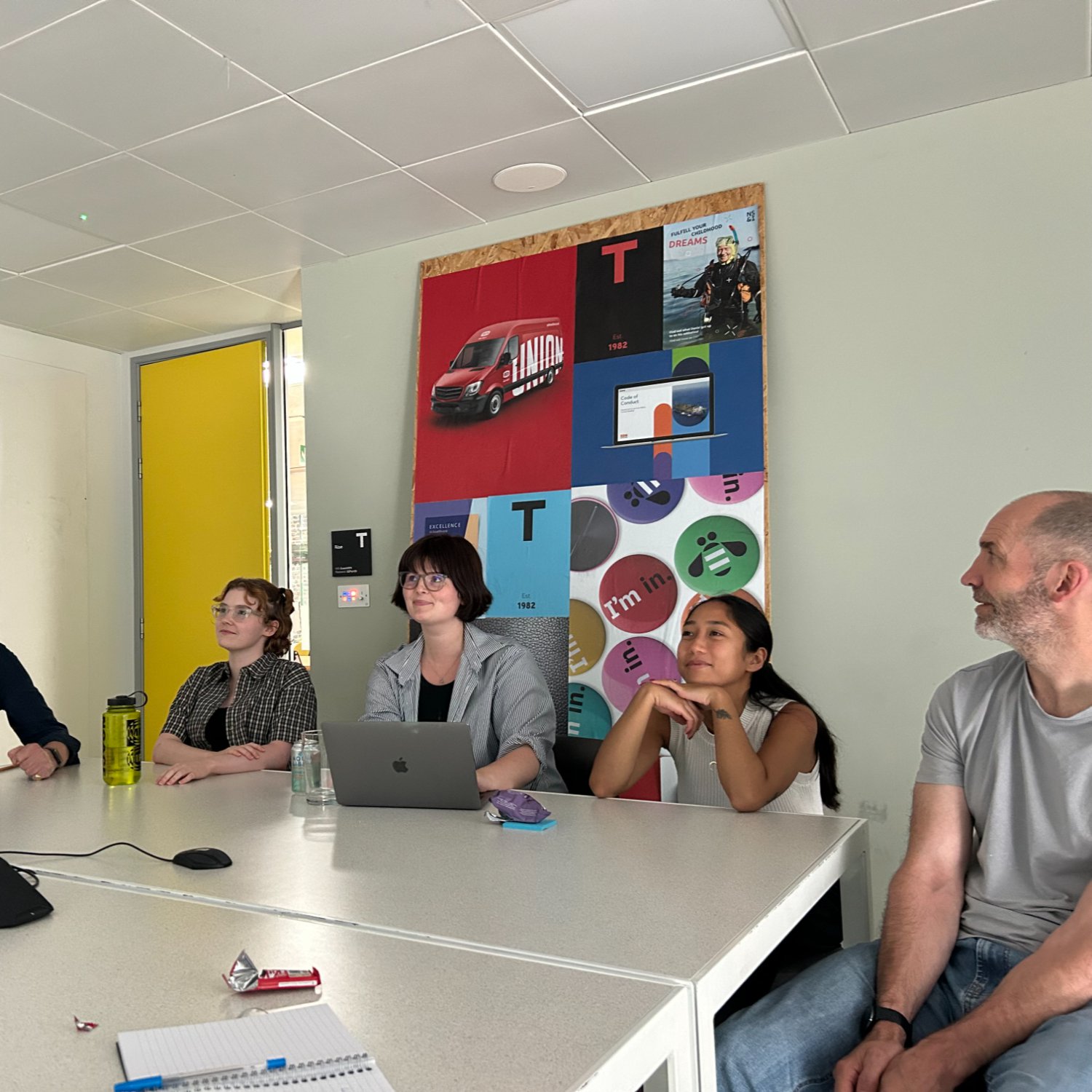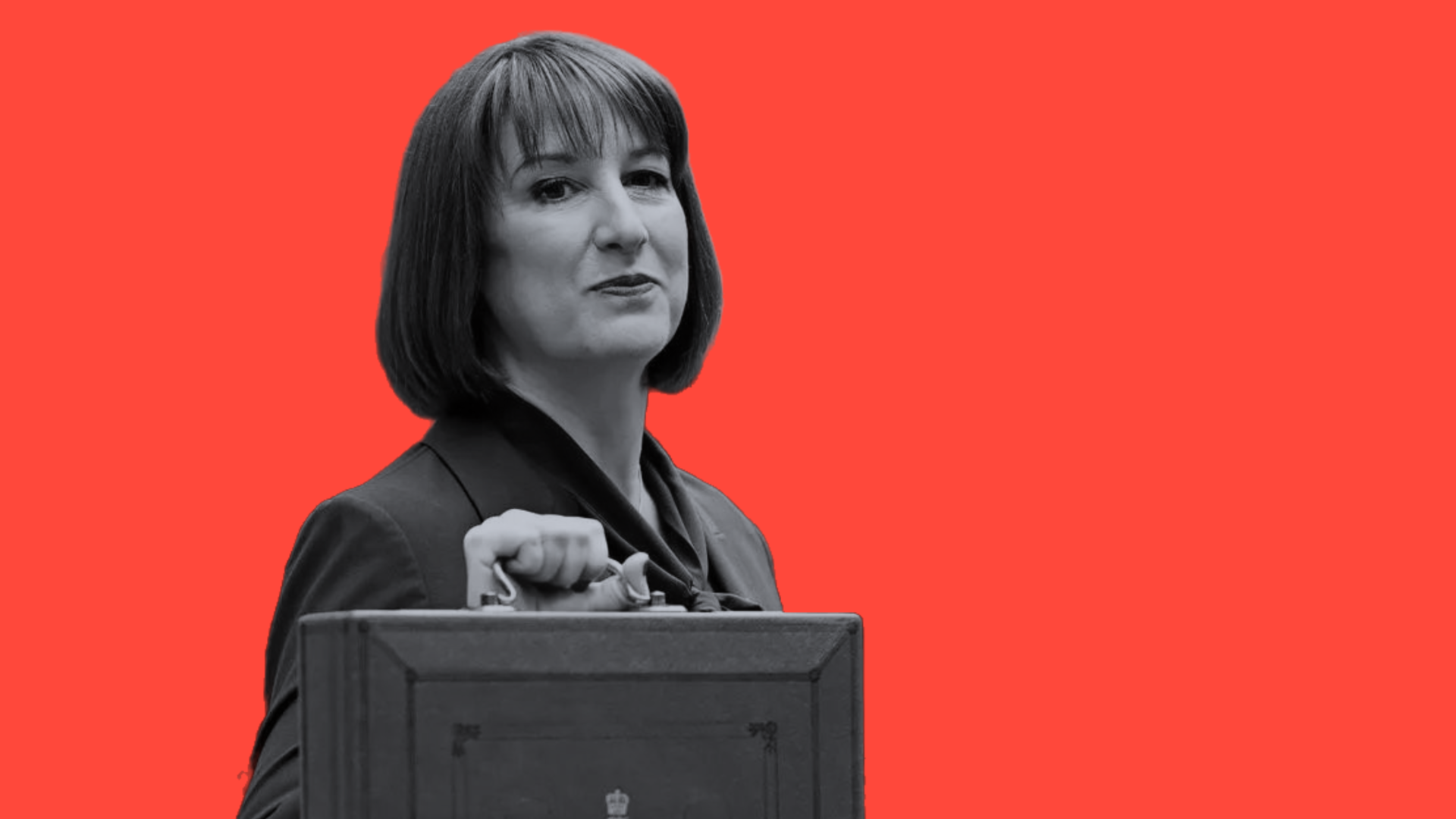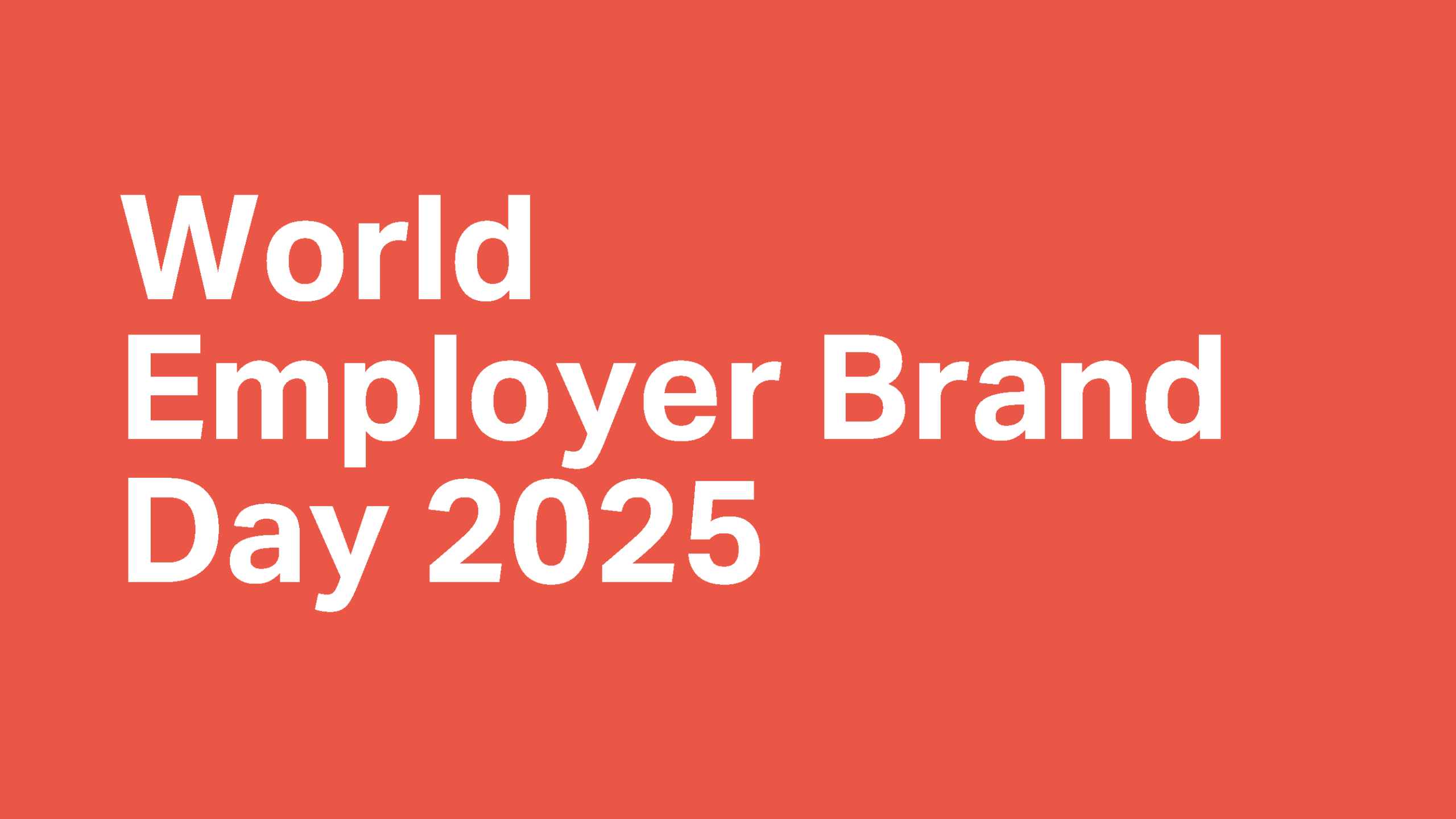Kate Clanchy ‘With The Team’ – The power of poetry to create authentic stories

What can poetry teach us about brand storytelling? Well, it turns out, a lot.
When I spoke with author and educator Kate Clanchy, on a sun-baked afternoon, she was sat in her Oxfordshire garden having just finished an online class for young Afghan women and girls now denied an access to education they once loved.
On the telephone she sounded relaxed for someone who had just committed an act for which she might have been arrested had it been carried out in person.
I asked her how it felt.
‘Desperately sad. These young women had seen everything taken from them. But, for people living in fear and in the unknown, they were full of hope.’
And I guess this is what writing does. It unlocks authentic stories. Because writing is not just about sentence structure and clarity. It’s a process that develops critical thinking and emotion.
But writing is in a parlous state, and at a time when we need it to be strong. Because AI, while being able to speed up processes and make huge numbers of suggestions, first needs to know exactly what we are asking of it.
If we can’t be clear, then it’s rubbish in and rubbish out.
And let’s remember what AI can’t do. It can’t express the sheer messiness of human emotion that has us in stupefied tears (or laughter) in theatres, and it can’t replace the connection we have with others through carefully selected words and phrases designed to stimulate human responses to one another.
This is important on a deeper level, both for us as humans and for brands. Understanding the authentic power of connecting through words is a way to grow brand awareness – because it shows you to be real, and in an age of AI, that is critical.
So, how is writing faring? Not well I’m afraid.

Levels of writing enjoyment among 8 – 18 year olds in the UK have halved in the last 15 years. Only 1 in 4 young people said that they enjoyed writing in their spare time. Interestingly, children on free school meals (FSM) enjoy writing more than those not on FSM. UNESCO estimates that over 86% of the world’s population is literate.
This means 14% are not literate. And you would be wrong in thinking that this means a skew towards what we might refer to as ‘developing economies.’ According to the Organisation for Economic Cooperation & Development (OECD), in literacy, 28% of adults in the USA (OECD average: 26%) scored at Level 1 or below, meaning they have low literacy proficiency.
At Level 1, people can understand short texts and organised lists when information is clearly indicated, find specific information and identify relevant links.
According to the National Literacy Trust, 16% of Adults in the UK are considered to be “functionally illiterate”. And literacy levels are falling across the country it is stated that 1 in 5 adults have difficulty reading and writing.
So what are we to do? How do we elevate Creative Writing? How do we make it a priority for us as communicators and educators inside organisations?
This is why we asked poet, author, and educator Kate Clanchy to talk to our clients about the power of Creative Writing.
Insights from Kate’s talk ‘With The Team’

Kate began by discussing the universal accessibility of poems. Because most great stories, Kate noted, are shared as poems.
Why? Because they provide the environment, whether it’s through vivid imagery, or perhaps through shorter structure (eg less pressure to write a lot) for people to share thoughts and feelings. But do we provide settings like this for young students to express themselves?
Kate shared writing from one previous school student who was able to talk about a difficult moment in her life with freedom and brevity. This was something she had struggled with in her standard English classes at school. Because, as Kate pointed out, the UK school curriculum actually inhibits and discourages creativity.
English teaching at school level often focuses on box ticking, making sure you have the right amount of metaphors and similes, or as Kate described it: “English chopped up into meta language.”
And another barrier to expression? Language.
In her time as a school teacher, and during her poetry classes, many of Kate’s students were (and are) multilingual often having moved to the UK as refugees. English is not their first language, and writing, with all its academic nuances, is hard.
But poetry, Kate noted, can act as a home for untapped or lost expression. But first, trust must be created in the room. An environment where trust is encouraged and built must be fostered in order for every voice to be heard. Our education system must develop to accommodate this, so that every child, no matter their level, feels able to write and express themselves. Only then, do words flow.
The same is true in the workplace, which is why inclusivity is not a nice to have, it’s a necessity.
Our director, Sally Tarbit, felt this point in particular was very powerful
The medium of a poem provided such an evocative, eloquent and even I’d say cathartic way for people who had experienced major upheaval.
As leaders, communicators, and marketeers – in the business of creativity – we can use our positions and take direct action to both create the right environment and equip people with the tools they need to express themselves. Where possible, we can provide resources and workshops that encourage freedom of expression.
But we should also encourage it within our organisations, because how many businesses offer Creative Writing courses? Hardly any, if any at all. And yet bringing it the forefront can help inspire change, growth, and communication.
Poetry, expression, marketing and AI

There’s a lot business can learn from the work that teachers like Kate give to students. This method of harnessing creativity, despite barriers is a key takeaway. Trust, as mentioned previously, is everything. If we can build connection, we can support every voice in the room, and in marketing’s case – connect with our audience in a far more authentic and meaningful way.
And AI can’t take this away from us. AI, while fantastic in many ways, does not have the ability to make unexpected connections. As Kate made clear, it can’t delve into the minutiae of context that makes literature, theatre, film, poetry, marketing, advertising and all of the above so exciting.
We, as humans, can contrast the macabre with something humorous, and completely reimagine the tone. We can reference a universal truth, or a niche contextual clue, or draw upon something within the zeitgeist that has cultural relevance.
Think of the ‘Nowstalgia’ trend in marketing. AI doesn’t have the nuance to understand the cultural significance of getting your ears pierced at Claires Accessories in the early 2000s and how this may connect with adult women of today. It just doesn’t. And we can see this level of specificity across mainstream forms of communication (and connection)- like TikTok and Instagram, music and art.
There is a unique subjectivity to life that AI just does not get and it is why it will remain a tool – a powerful one – but not one that can create truly fulfilling experiences.
Phew. As Ciara Rollings, our Client Director noted:
It was wonderful to be reminded of the power of poetry: its connection and humanity, in this age of LLM generated content.
However, as Kate discussed, children are very good at channeling their creativity. But as adults, we become more rigid in our written word.
Even discussion of poetry starts to unlock creativity. As our Managing Director, Kevin MacKenzie commented, “If a poem is a condensed form of a larger reality, is the poet “sculpting reality from language fragments” the way light sculpts a hologram?”
Kate’s response? “Kevin, that sounds like a poem. You should write it.”
So we did.
Poetry and words
On the wheel
the words condense.
They coalesce and connive to form a larger image.
Because the poet sculpts and shapes reality
from fragments of language
the same way the light sculpts a hologram
from the sun.
So how can we harness our creativity more?

As Megan Pearce Wright, our Motion Designer, said after the event, she couldn’t get a phrase Kate mentioned out of her head: ‘put yourself inside their socks’.
And this is a brilliant driving force for all things creative. Because empathy for others’ and compassion (both for others and yourself!) are vital. You can’t get to the bottom of something, whether it’s a campaign piece, a press release, or a poem, if you don’t encompass either of those two values.
After all, some of the greatest poems and books of all time have not been written from personal experience, but from empathy and compassion.
Understand yourself (understand your brand), your context and your audience: Trust in all three of those things, and then create the environment to let your message flow – let the magic happen.
Key takeaways
- Poetry is so powerful because words are direct: We can articulate emotions, feelings and sensations openly when written down. And it’s the same when writing for a brand. Verbal identity allows for a brand’s mission and purpose to create real impact with an audience.
- Simplicity can be creative: Think of Haikus. They can be as creative and as impressive as a James Joyce novel. And again, marketeers and brand leaders can apply this to their own work. In a few words a poet can illicit tears or laughter. There are no limitations.
- Trust is essential. If we create environments where people are happy to express themselves and where others are happy to provide honest and constructive comment then it’s possible to develop highly creative and innovative work spaces.
As our Client Director, Ciara Rollings said:
I used to write a lot of poetry, and my dabblings got me into my university course many years ago (ahem!).




